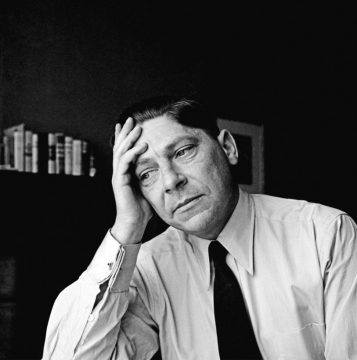Adam Kirsch at The New Yorker:
 This new “Darkness at Noon” arrives in a very different world from that which greeted the original, and one important difference has to do with Koestler’s reputation. In 1940, he was thirty-five and little known in the English-speaking world. He had been a successful journalist in Berlin and a Communist Party activist in Paris, but “Darkness at Noon” was his first published novel. It transformed him from a penniless refugee into a wealthy and famous man, and was also the best book he would ever write. It was followed, in the forties, by an important book of essays, “The Yogi and the Commissar,” and several thought-provoking but less consequential novels of politics and ideas, including “Arrival and Departure,” which reckoned with Freudianism, and “Thieves in the Night,” about Jewish settlers in Palestine.
This new “Darkness at Noon” arrives in a very different world from that which greeted the original, and one important difference has to do with Koestler’s reputation. In 1940, he was thirty-five and little known in the English-speaking world. He had been a successful journalist in Berlin and a Communist Party activist in Paris, but “Darkness at Noon” was his first published novel. It transformed him from a penniless refugee into a wealthy and famous man, and was also the best book he would ever write. It was followed, in the forties, by an important book of essays, “The Yogi and the Commissar,” and several thought-provoking but less consequential novels of politics and ideas, including “Arrival and Departure,” which reckoned with Freudianism, and “Thieves in the Night,” about Jewish settlers in Palestine.
But after that Koestler’s reputation took a fairly steep dive, as he turned from fiction to pop-scientific works that earned the scorn of actual scientists, especially when he began to embrace E.S.P. and other paranormal phenomena. By the time Koestler died, in 1983—in a double suicide with his wife, Cynthia, after he was given a diagnosis of terminal leukemia—he already seemed to belong to history. And the dive turned into an irrecoverable plummet after the publication, in the past two decades, of biographies by Michael Scammell and David Cesarani, which exposed him as an egotistical monster with a lifelong pattern of abusing women emotionally and physically.
more here.
